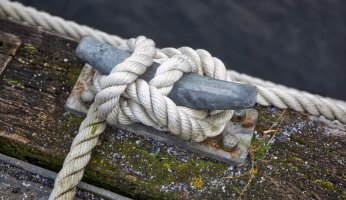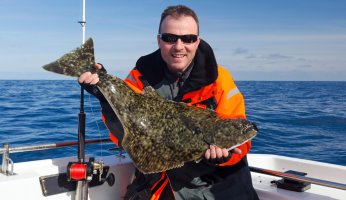Tips for Fishing with Spoons
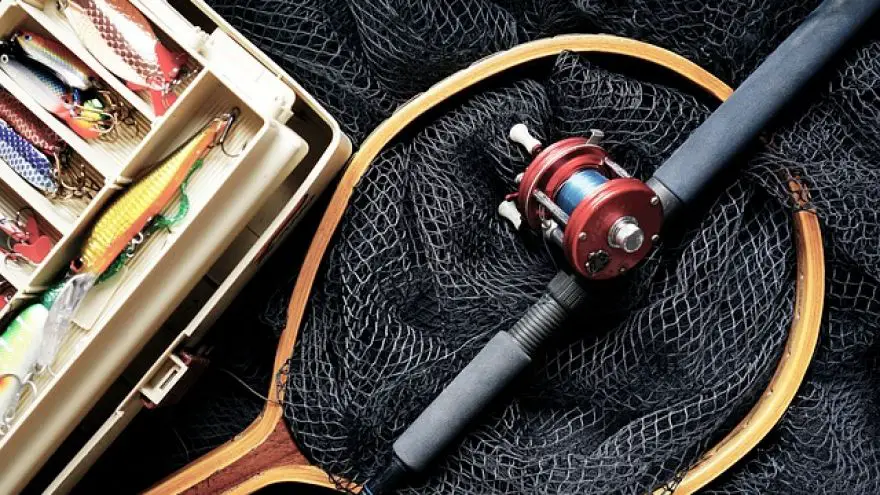 Tips for Fishing with Spoons
gearweare.net
Tips for Fishing with Spoons
gearweare.net
Since I was a boy I can remember there always being spoon lures in my father’s tackle box. As I started to build my own collection, I always had a few spoons handy. I have found them easy to use, and for many anglers they are one of the first lures considered when they hit the water.
The spoon was first developed in the 1840’s and quickly gained popularity. The design is a simple oval piece of metal with a concave shape. As you pull a spoon through the water, the drag catches the indent in the spoon sending it flipping about. This causes light to reflect off of the spoon replicating a baitfish that is panicked or injured.

The movement and flicker of this lure is difficult for a fish to resist. Because the effect is largely visual, spoons work best in clear water on sunny days. They are also quite effective because most fish will hook themselves as they bite down on the spoon. Because of the size of the lure, these work best on larger fish such as pike, largemouth bass, muskies, walleye, salmon and trout.
Table of Contents
Different Types of Spoons
When choosing a spoon lure, the shape, length, and thickness of the spoon will determine how wide the movement of the spoon will be. Longer spoons with deeper indentations will give you a wider motion, while shorter and flatter spoons with have a tight, erratic motion. Also, thinner spoons have a more aggressive motion, but thicker spoons are easier to cast and run deeper in the water because of the extra weight.
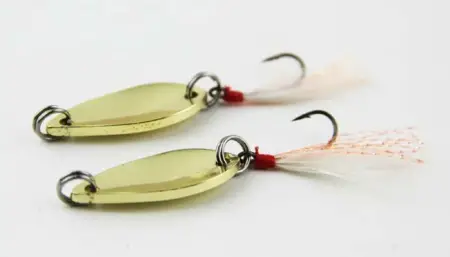
There are several other choices when purchasing a spoon lure. The first choice is the type of spoon. You can choose a surface spoon, jigging spoon, casting spoon, trolling spoon, or a weedless spoon. Most spoons are painted on one side and leave the metal showing on the other side to reflect the light. This means you have several colors to choose from. You can also select spoons that are copper, brass, steel, lead, plastic, or wood. Spoons can be made with smooth surfaces or rippled surfaces. The ripples are thought to more accurately reflect the light as scales on a baitfish would.
Spoon Motion
To get the right motion with a spoon, the speed is key. If you retrieve your lure too fast or too slow, the motion will not be realistic. This requires some practice, so pick some clear water and watch your lure as you retrieve it.
For casting spoons, your goal is to cast 10 to 20 feet past your target area and then retrieve it at the correct speed through that area. Similarly, for trolling spoons you have to have the right amount of line released and troll through your target area at the right speed. Depth is also a major concern when trolling, so use your dipsey divers or downriggers appropriately.
Gear to Use
Anytime that you are casting or jigging a spoon, you must be careful of the type of rod that you use. You will want to use smaller spoons for trout, vertical spoons for walleye, and large spoons for bass, pike, and walleye. However, all casting and jigging spoons should be used with a stiff tipped, fast action rod. Super sensitive, soft action rods do not work well as you can rarely feel a strike. Remember that your spoon will be shaking the rod tip just from the movement of the lure. A stiff rod tip will help you discern between normal rod movement and a bite.
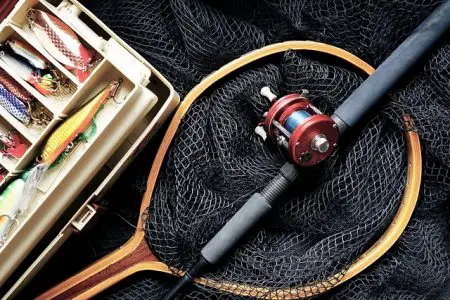
If you are using a weedless, trolling, or casting spoon, using a leader is required. To attach the line to the leader, use a ball bearing swivel and snap or a combination snap ball bearing swivel. This will keep your line from twisting too much, and will allow your spoon to show a more natural movement. However, for jigging or surface spoons you can just tie directly to the spoon.
Spoon Upgrades
There are a few modifications out there to help enhance the movement, sound, or appearance of your spoon. Trailers are basically tails that drag behind the spoon and look like a tail. They can be made of feathers, hair, or plastic. A flipper is an oblong piece of plastic that drags behind the spoon and adds bright colors to the mix. Clickers are two smaller spoons attached to the larger spoon to create additional movement and noise. Any of these can potentially create more interest in your lure.
In the end, the key to using spoons is how they appear in the water. If you use them in the right conditions with the right movement, you will get action. This means clear water with plenty of sunlight to flicker off of the spoon. It also means a retrieval that is at a moderate speed, not too fast and not too slow. If you focus on these points, the spoon can be your best friend.





